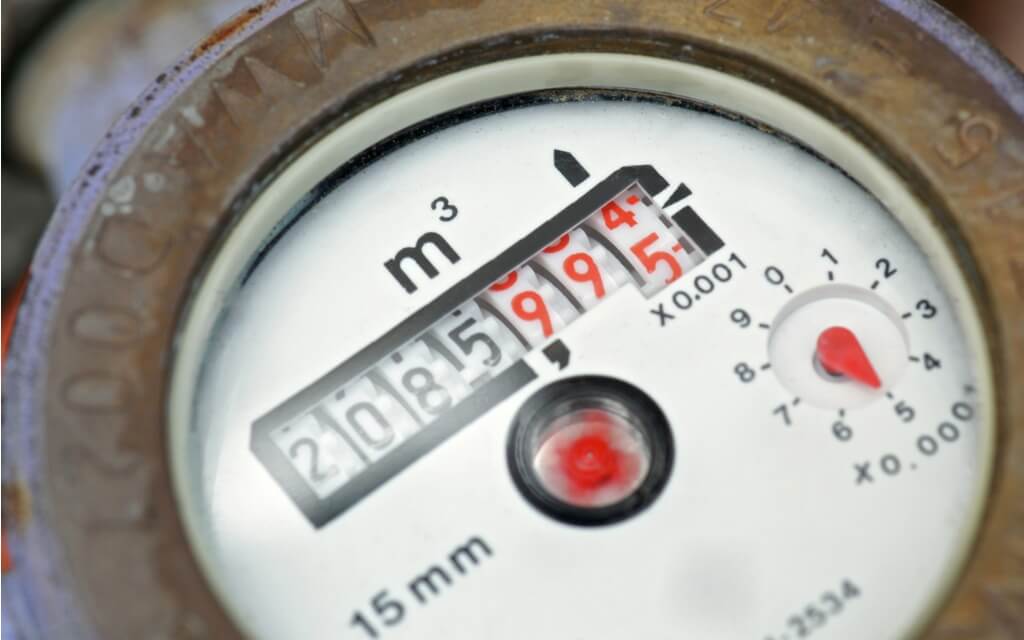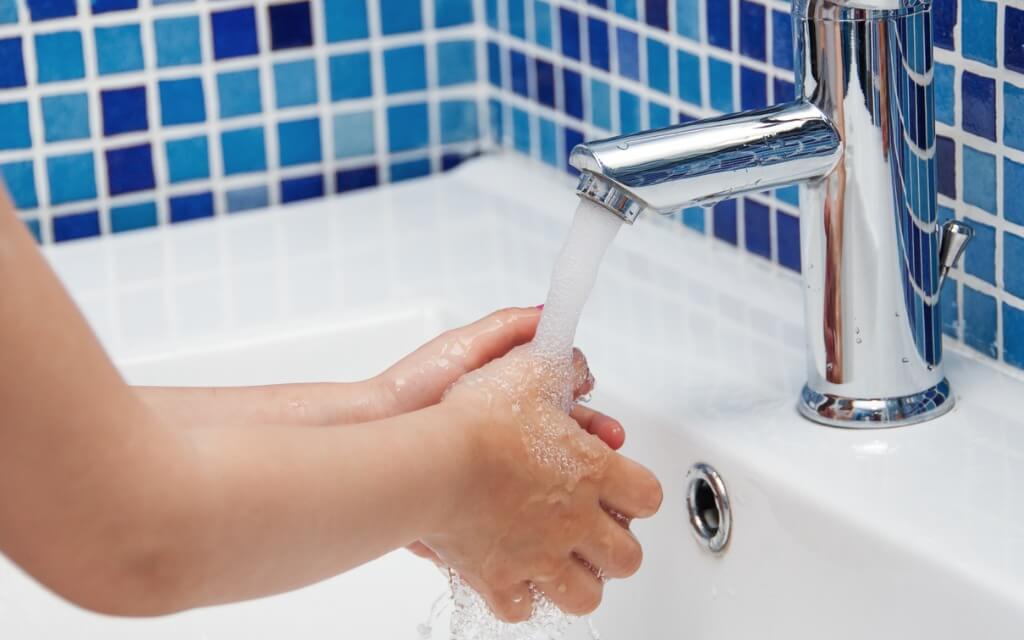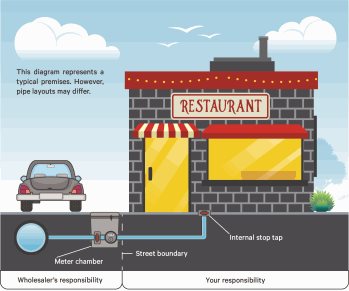Water leaks can be expensive, not just because of the wasted water but also due to the impact on the long-term sustainability of this vital resource.
Your business is responsible for any leaks on your internal and underground pipework. If these leaks go unnoticed, you could be liable for the costs of the lost water and might not be able to recover those expenses.
If you need help locating or repairing a leak, we recommend using WaterSafe.
WaterSafe is a free online directory and national accreditation body for qualified plumbers in the UK. Just enter your postcode to find a certified plumber near you.
If you suspect a leak, take action now.
Stop tap test
First, locate your meter. Your site may have multiple meters but you should be locating your main meter. The main meter is normally in the footpath outside/close to the boundary of the premises where the water enters the site.
Open the meter chamber and bail out any surface water that may have collected in the chamber so that the dials are visible to record meter readings.

Turn off all water-using devices within your premises and let your colleagues know to not use any of these devices whilst you carry out this step.
Now go back to the meter and check the dials. If they are still moving then you most likely have a leak. The next few steps will help you narrow it down in location.

Locate your internal stop tap (also known as stop cock). This is normally positioned where the service pipe enters the building. Close the stop tap by turning it clockwise.
Note that taps can become stuck after long periods of disuse. If the tap is difficult to turn, do not force it as it might break. Call a plumber for assistance.
This will prevent any water from being used inside your premises. You should make sure to let colleagues know you have done this so they don’t think there is a water outage.

Once the stop tap is turned off. Go back to the meter and look at the dials. If the dials are still moving after the stop tap has been closed, you most likely have a leak on the supply pipe that goes from the meter to the stop tap. If the dials move when the stop tap is open, and no water devices are being used, then you have a leak inside your premises.
To understand the volume of loss, take a meter reading and record the time of day.
Keep the stop tap closed and take a second reading an hour later. Subtract the first reading from the second to give you the volume of water lost per hour from any underground leakage in cubic meters.

If you've followed these steps and have confirmed a leak on your premises, we recommend using WaterSafe-approved plumbers for all your leak detection and repair needs.
WaterSafe is a trusted online directory and national accreditation body for skilled and qualified plumbers, water supply pipe installers, and water services specialists across the UK.
By recommending trusted professionals, our aim is to offer you peace of mind, helping you safeguard against leaks and ensure the integrity of your water supply. Regular meter checks and readings between billing months can be instrumental in identifying potential issues.



